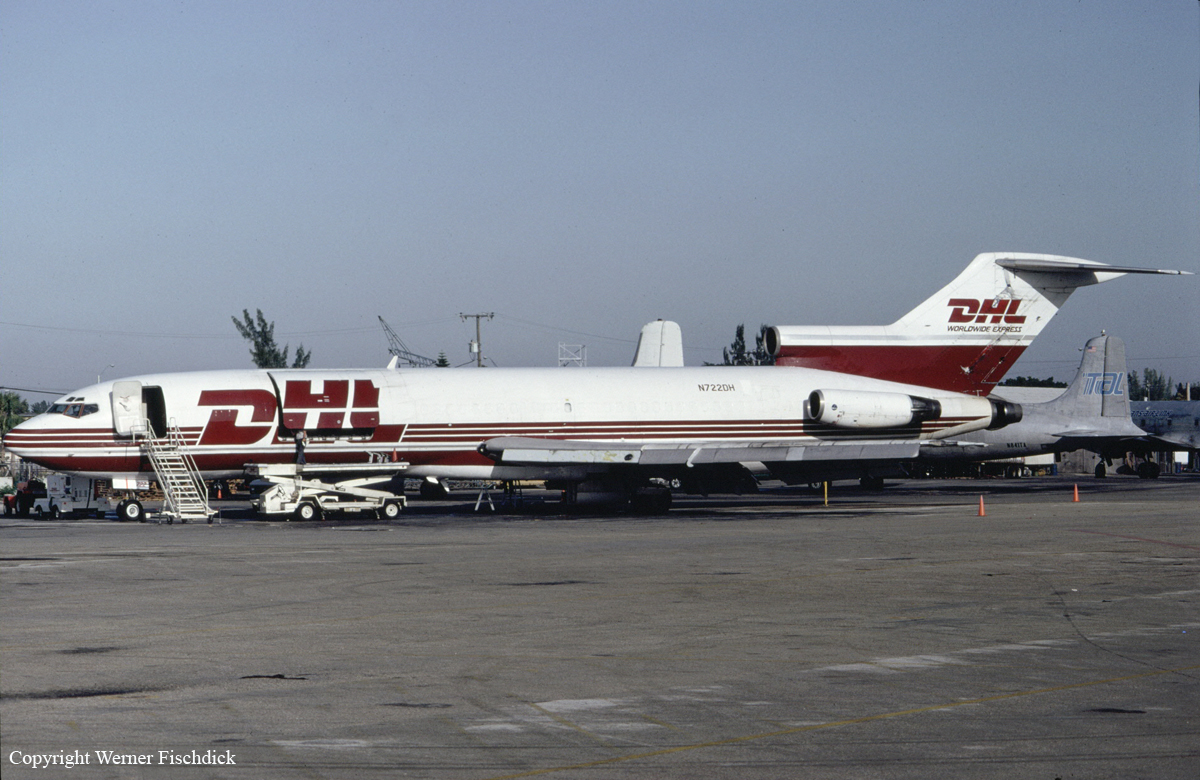Crash of a Grumman G-44 Widgeon near New Stuyahok
Date & Time:
Sep 2, 1998 at 1002 LT
Registration:
N139F
Survivors:
Yes
Schedule:
Dillingham - Lake Chikuminuk
MSN:
1375
YOM:
1944
Crew on board:
2
Crew fatalities:
Pax on board:
1
Pax fatalities:
Other fatalities:
Total fatalities:
0
Captain / Total hours on type:
750.00
Circumstances:
The commercial pilot departed under special VFR conditions on a CFR part 135 flight for a remote lake. During the flight, low clouds, rain, and fog were present in an area of mountainous terrain along the route of flight. The pilot stated that he intended to utilize a narrow mountain pass to transit the area, and as he entered the mountain pass, discovered that the ceiling and visibility would not allow safe passage. He said that he made an emergency 180 degree turn in an attempt to exit the pass, and subsequently collided with terrain. After initial impact, the airplane slid downhill about 100 feet, and came to rest on a 35 degree slope. The pilot stated that weather conditions at the time of the accident consisted of: Ceiling, 500 foot overcast; visibility, 2 miles with rain and fog; wind 360 degrees, at 8 knots. The pilot noted that there were no pre accident anomalies with the airplane.
Probable cause:
The pilot's failure to maintain clearance with terrain. Contributing factors were the pilot's delayed remedial action (course reversal), low ceilings, rain, fog, and mountainous terrain.
Final Report:






